Deck & Commander Strategies

Yawgmoth, Thran Physician
Mono-black sacrifice and value engine deck that uses creatures to generate card draw and board control while leveraging sacrifice outlets for incremental advantage.
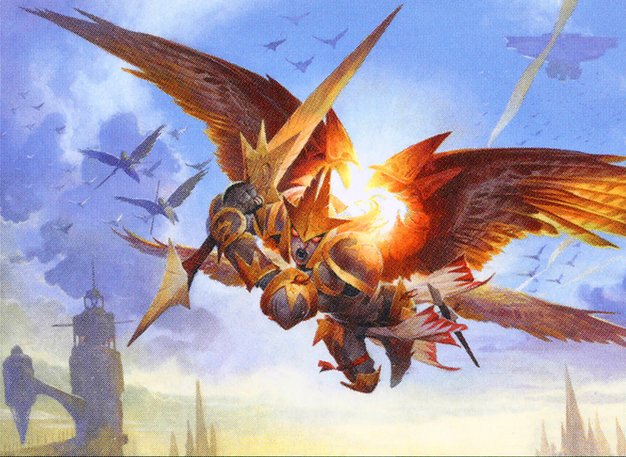
Feather, the Redeemed
A Voltron build focused on equipping Feather and casting instant and sorcery spells to deal heavy commander damage quickly.
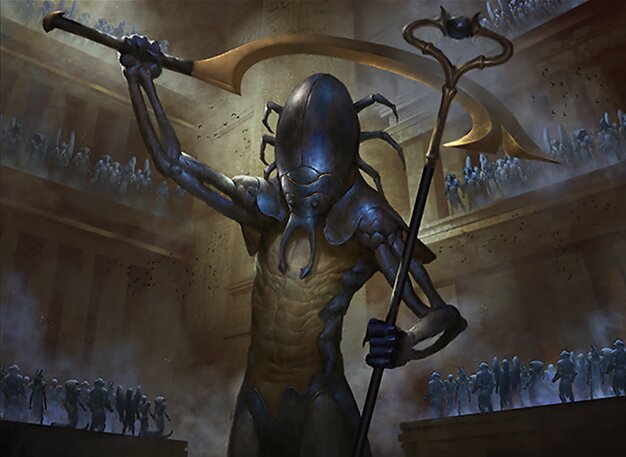
The Scarab God
Zombie tribal deck that generates zombie tokens, drains opponents’ life, and utilizes The Scarab God’s reanimation and scrying abilities to control the board and outvalue opponents.

Nezahal, Primal Tide
An Elder Dinosaur commander focused on evasion and card draw, building a strong board presence through ramp and protective equipment.
Gameplay Insights
- 1
Jim’s use of Shepherd of Rot to consistently drain life from all players early on put steady pressure on opponents while setting up his zombie board.
- 2
Madison’s early casting of Feather and use of cheap combat tricks allowed her to apply significant commander damage quickly, leveraging Feather’s synergy with instant and sorcery spells.
- 3
Bill’s decision to cast Yawgmoth early combined with Deathgreeter and Xathrid Necromancer provided resilience and card advantage through sacrifice triggers and life gain.
- 4
Eliot’s timely casting of Sisay's Ring and equipping Hot Soup created a threat that was difficult to block, demonstrating effective use of equipment to enable evasive attacks.
- 5
The players managed mana and board development carefully, with key activations and combat steps shaping the evolving board states and life totals.
- 6
Shepherd of Rot’s activated ability was repeatedly used to drain life at end steps, creating a ticking clock for opponents that shaped combat decisions.
Notable Cards
-

Yawgmoth, Thran Physician
-

The Scarab God
-

Feather, the Redeemed
-

Nezahal, Primal Tide
-
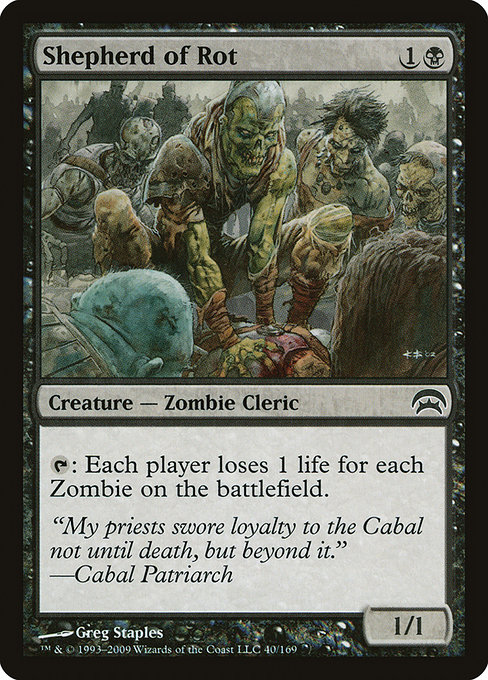
Shepherd of Rot
-
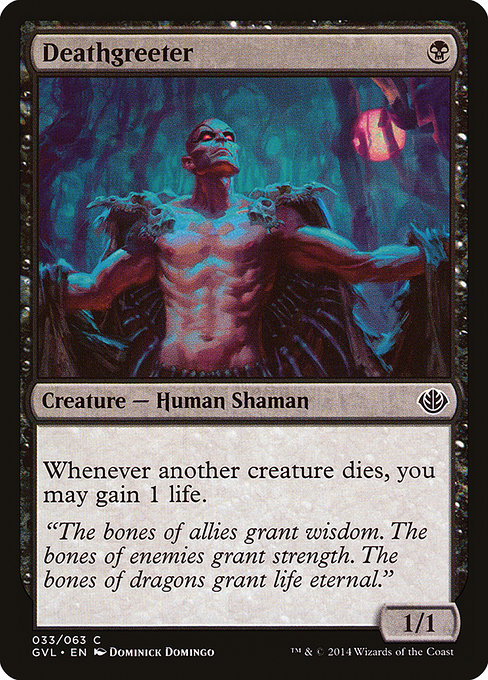
Deathgreeter
-
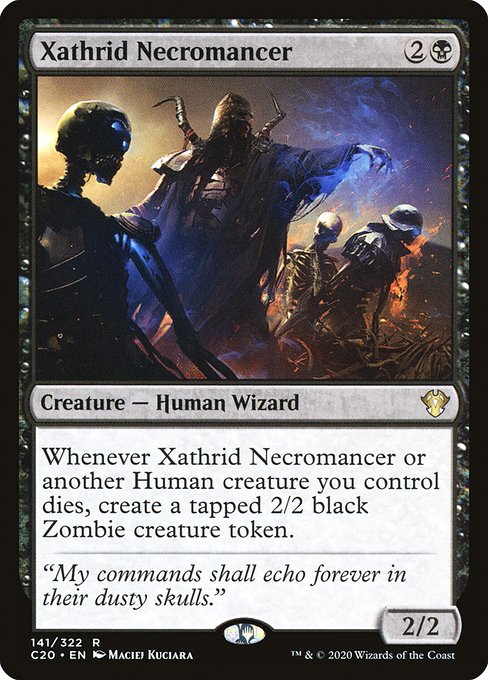
Xathrid Necromancer
-

Reckless Charge
-
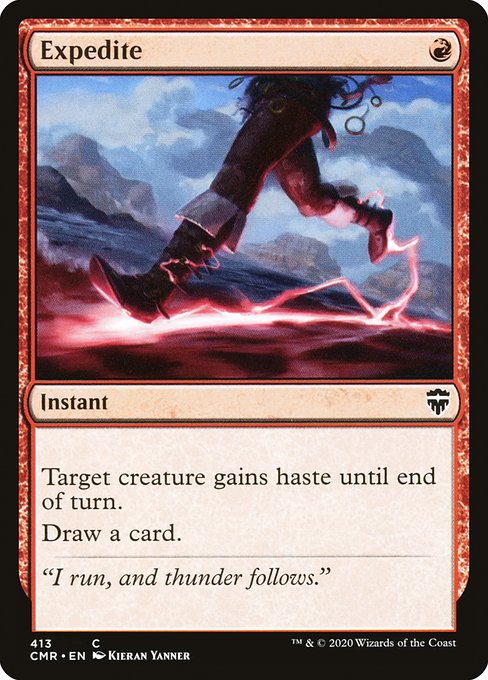
Expedite
-

Unstable Obelisk
-
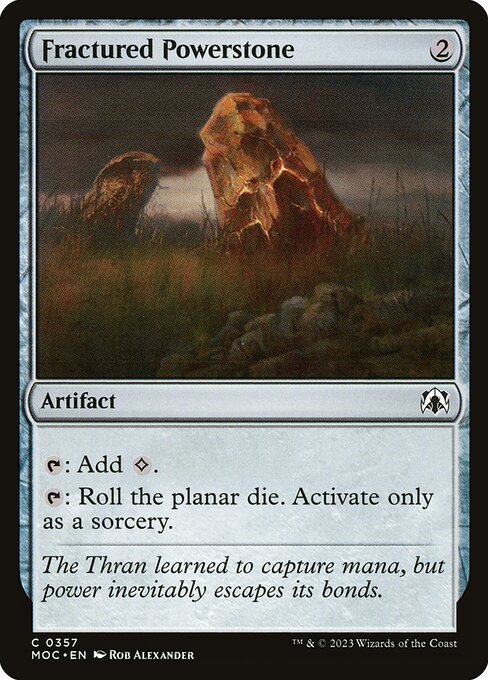
Fractured Powerstone
-
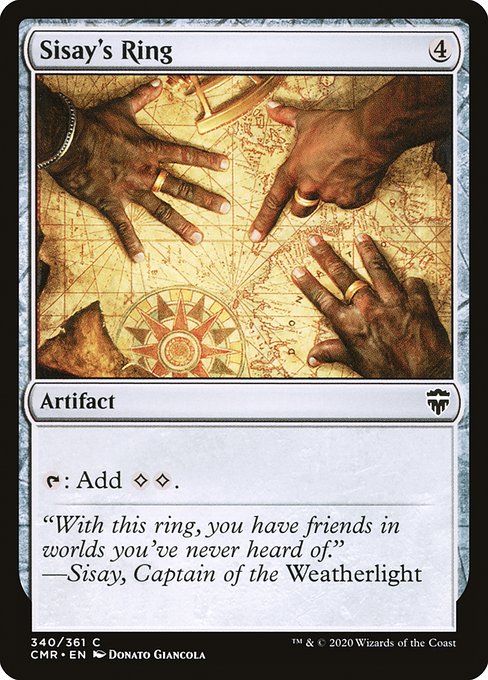
Sisay's Ring
-

Hot Soup
-

Renegade Map
Gameplay Summary
The game began with players establishing their mana bases and deploying early threats and utility creatures.
Jim, playing The Scarab God, quickly began assembling a zombie army and utilizing life-drain effects via Shepherd of Rot, draining life from all opponents each turn.
Madison, piloting Feather, the Redeemed, focused on a Voltron strategy, casting Feather early and using spells like Reckless Charge and Expedite to push commander damage efficiently.
Bill, with Yawgmoth, Thran Physician, aimed to leverage creature sacrifice and card draw synergies, casting key creatures like Deathgreeter and Xathrid Necromancer to generate incremental value and maintain board presence.
Eliot, using Nezahal, Primal Tide, set up a solid mana base and prepared to leverage Nezahal’s evasive nature and card draw potential.














![Commander VS S16E1: Ayula VS Urza VS The First Sliver VS Yawgmoth [EDH] thumbnail](https://i.ytimg.com/vi/tkuMVsCr0s4/sddefault.jpg)


![Season Finale Fan Special [Commander VS 305] | Magic: the Gathering Commander Gameplay thumbnail](https://i.ytimg.com/vi/4VCbfC4ADDk/sddefault.jpg)




















